Another excavation week has sped by. The excavation squares are growing deeper, and more and more walls and features are visible. We had two square supervisors leave at the end of last week, and two new ones arrive this week. We had a large turn-over in the volunteer work force as well.

Among the new arrivals is a student, Ruthie, who is my assistant objects registrar. Last year, she helped me register objects, and when she arrived this week, I started training her in some of my other tasks, as well. She caught on quickly and was a big help. On Thursday, I had to leave the site for a few hours to go to Ariel University and give a presentation in class. I was confident in Ruthie’s ability to fill in for me in my absence, and she did a great job.
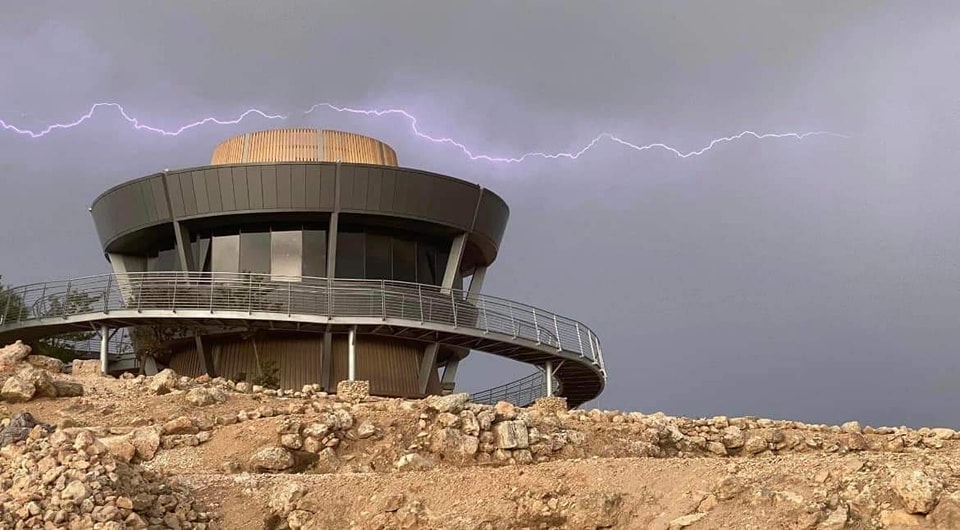
The weather has continued to be cooler than expected, and for the most part, it has been quite pleasant. On Friday, a thunderstorm rolled in. It is very rare for it to rain in the summer here, and it not only rained, it poured. Lightning flashed across the sky, and for about 30 minutes, the rain came down in torrents. Half of the team took shelter under a tourist pavilion. The other half stood under our wet-sifting shelter, which provided very little protection, since it is only a mesh shade tent. Some people decided to work on wet sifting, since the rain only improved that job. Eventually, the rain let up to a drizzle, and teams began venturing back to their squares. It drizzled off and on all day, but the breeze was warm, and nobody seemed to mind.
When we began our excavation in 2017, we opened archaeological squares in Area H1. The areas were named by the team of archaeologists who excavated at Shiloh in the 1980’s. We designate our excavations areas with the same letters as the nearest old areas, and then we add “1” to distinguish our excavation areas from the old excavation areas. Over the past few seasons, we have remained mainly in Area H1, expending and deepening our excavations there. This year, we expanded a lot, and we are now excavating in four areas.
Area H1
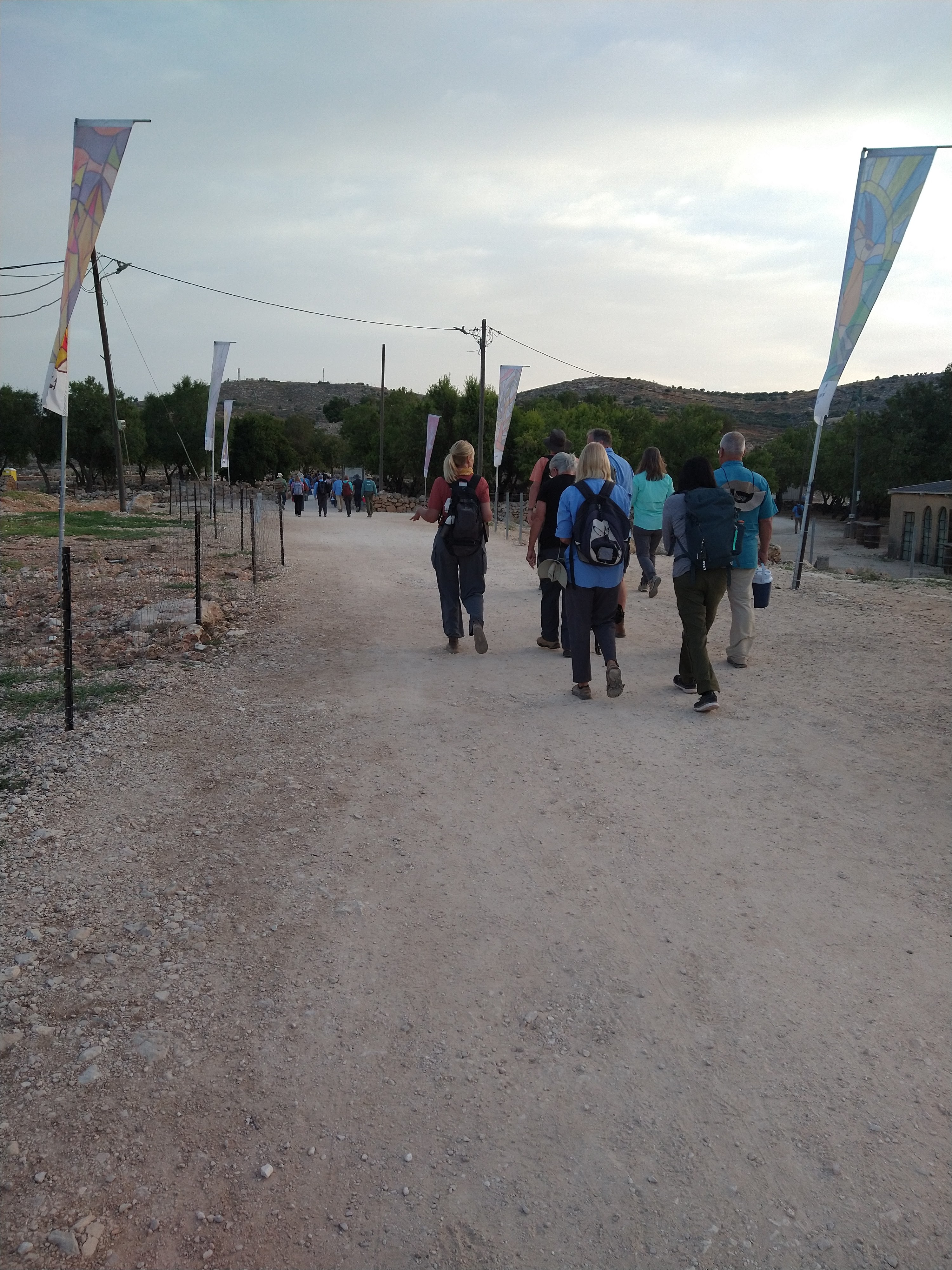
Area H1 is the main area that we have focussed on in the past, and we are continuing to work in this area. The 5-meter-wide city fortification wall runs right through the area.
Outside the wall, Mark’s team is excavating in the potential gate complex. Here, they are working to distinguish between the original walls of the Bronze Age complex and later Byzantine terrace walls, some of which seem to have been built on top of the Bronze Age walls.
Gary’s team, which had been working in the opening in the city wall, completed their goals for the season and closed the area, except for two team members who worked to finished excavating a small chamber above the wall.
In the monumental building, Tim’s team continued to work on clarifying the walls of the structure and searching for the floor level. They discovered that the soil filling the structure was deposited in an unusual fashion, with some areas containing yellowish ochre material and others containing brown soil.
In the next square over, Kevin’s team is working in Iron Age and Bronze Age contexts. They have been uncovering an abundance of restorable jars as well as the back wall of the row of storerooms built up against the city wall.
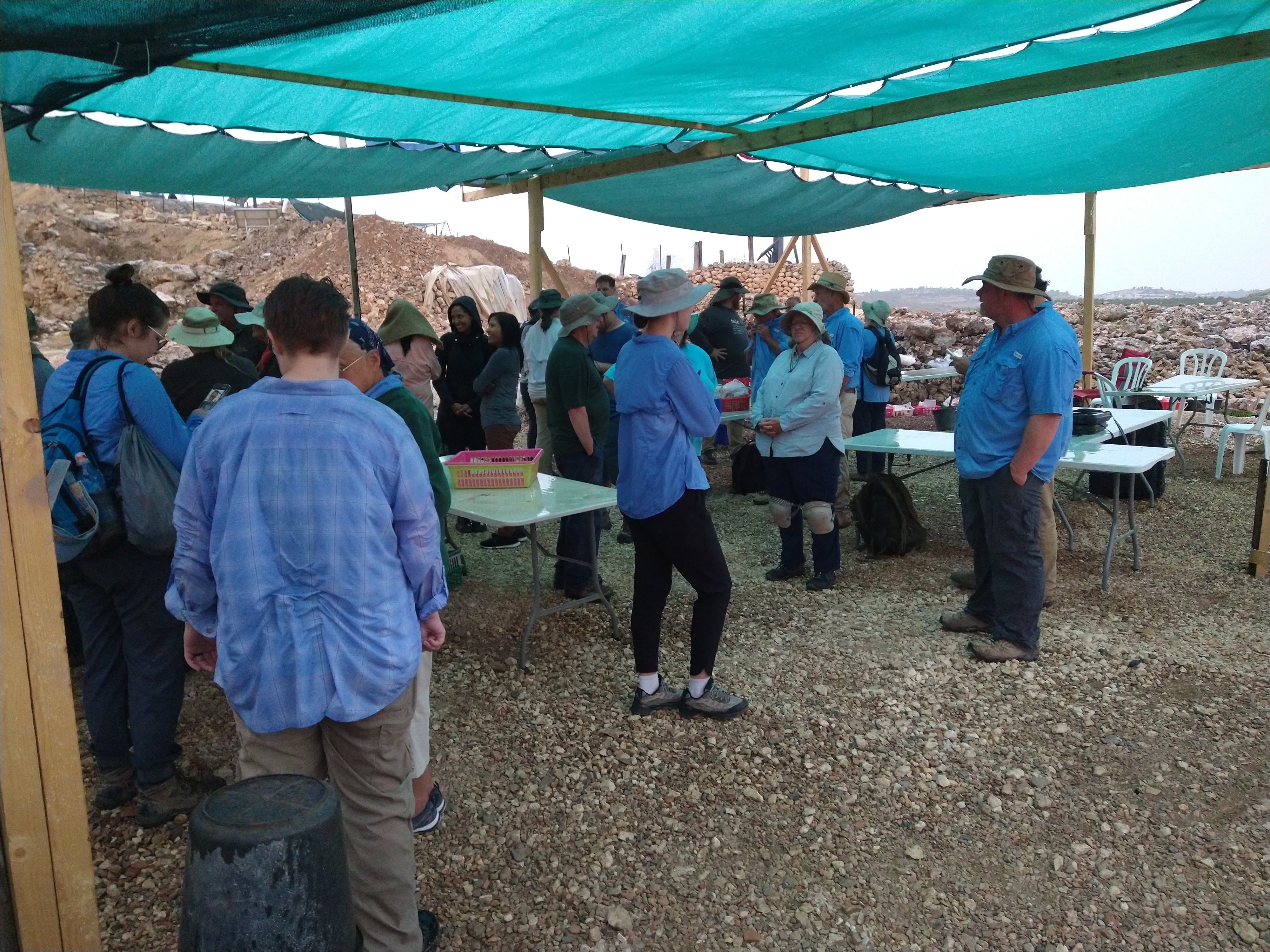
Boyd was one of the newly arrived supervisors this week. He is working to the west of the monumental building. Last year, the square was clearly in an Early Roman context. Now, the team has gone below the Early Roman material and into a primarily Iron Age context. Boyd and Kevin have entered into a competition to see who can find the most sling stones. Boyd is currently in the lead.
Area F1
Charles’ opened a square in Area F1 this week. We had intended to open it at the beginning of the excavation season, but we had to get the area marked by the surveyor first. The team has already uncovered the remains of a Byzantine-era building including roof tiles, wall plaster, and the remains of a mosaic floor.

Area K1
The team excavating in Area K1 last week left, and Tommy took over the area. His team is working on uncovering the eastern end of the monumental building. It appears that there was a Roman-era building built on the foundations of the monumental building walls. This week, they worked on widening the area to uncover the entire width of the walls. Next week, they plan to dig deeper to find the monumental building walls beneath the Early Roman walls.
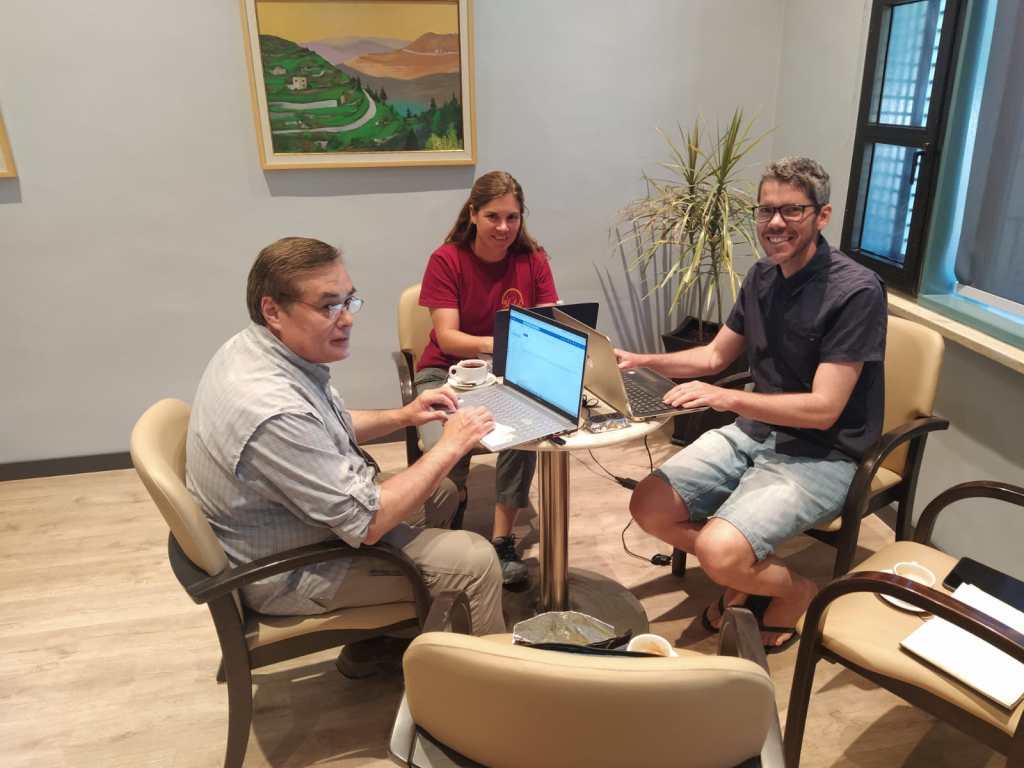
Area D1
Jordan and his team are excavating on the northeastern side of the site. Here, the Israeli team in the 1980’s uncovered a deposit of bones and broken pottery. When the Israeli team excavated, they worked in 5 x 5 meter squares, excavating 4 x 4 meter areas and leaving 1-meter wide balks standing between the squares. Jordan’s team is working on removing the balks to open up the area and to learn more about the deposit. We added a zooarchaeologist to the team to analyze the bones. Jordan is competing with Kevin for the most extra-special finds.

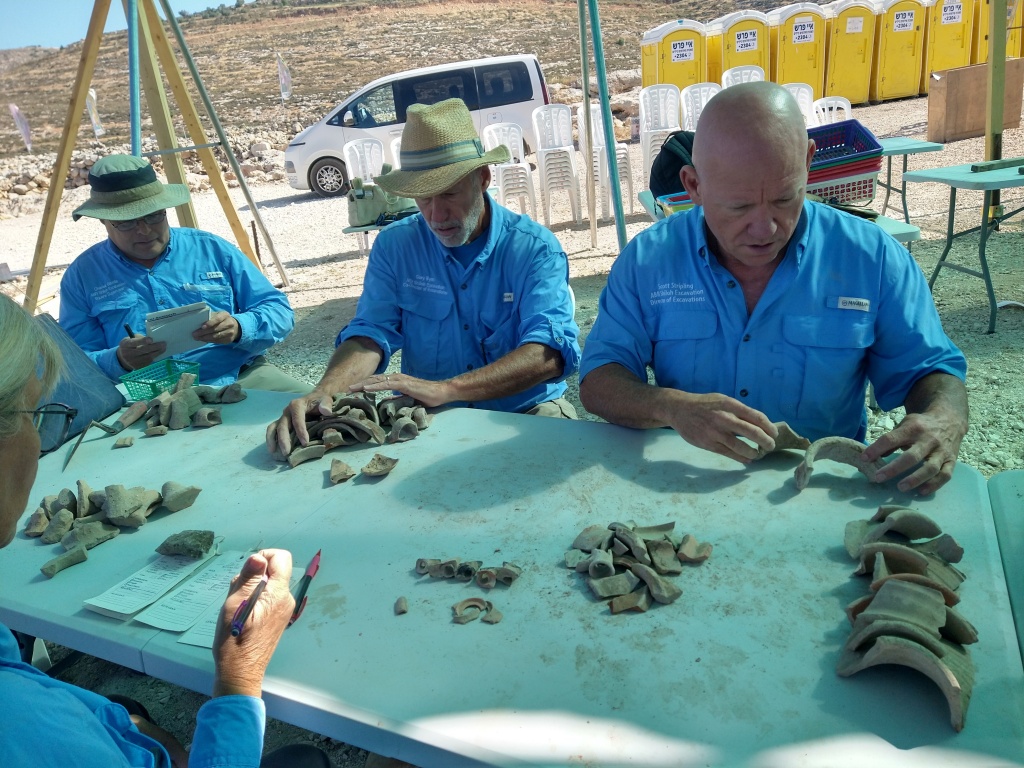
2 responses to “Shiloh Week 3, 2023”
Thank you for sharing what is happening at Shiloh. Me., my family and our church are praying for you all. God bless.
LikeLike
Thanks, Abigail, for the good report. We certainly have had some unusual weather in Israel this spring! Loved the picture of lightning at Shiloh!
LikeLike